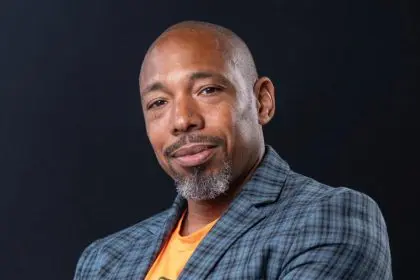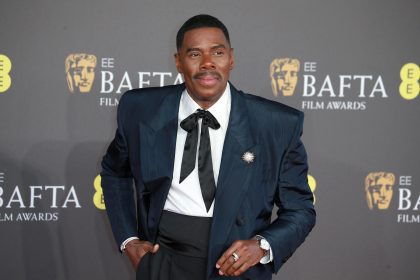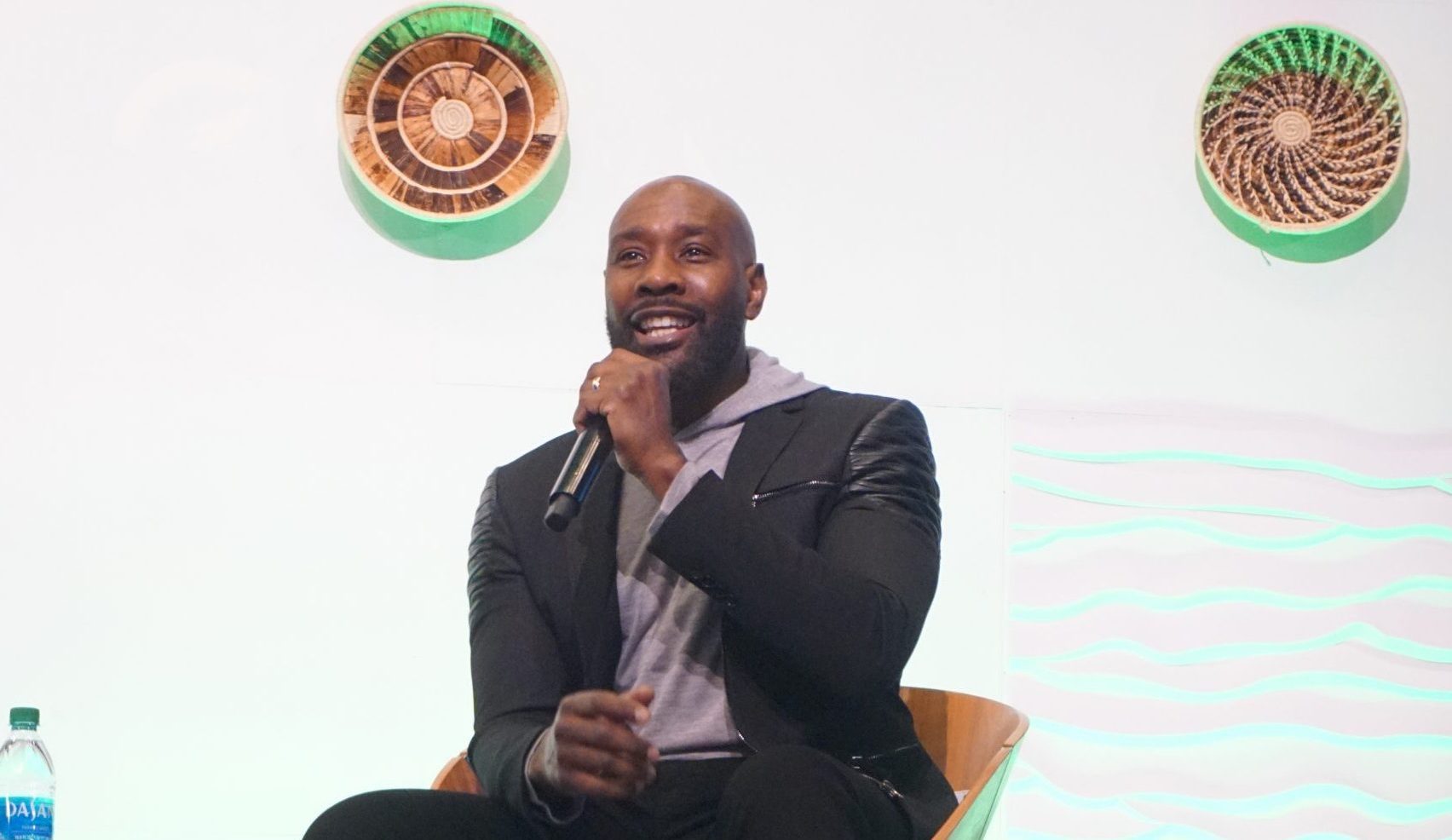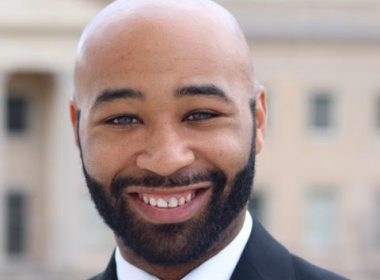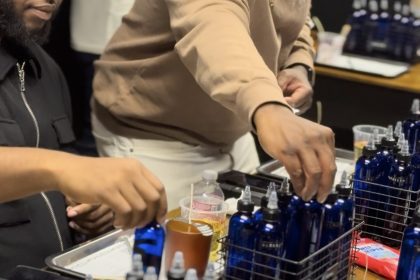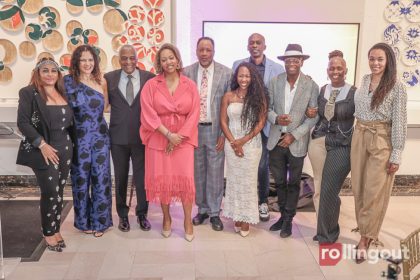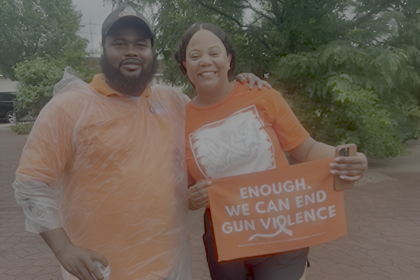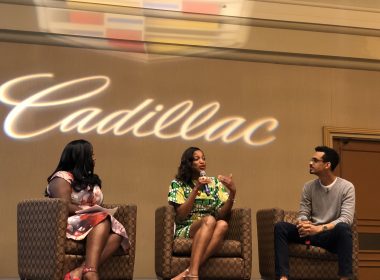
In a 1967 sermon about peace during the Christmas season, the Reverend Dr. Martin Luther King Jr. said, “We must learn to live together as brothers or perish together as fools.” Many of the problems that we see today were predicted by a report commissioned by President Lyndon Baines Johnson on July 28, 1967, “A Report of the National Advisory Commission on Civil Disorders,” or the Kerner Commission Report. At that time, Newark was under siege. Detroit was in flames. New Brunswick was at the threshold of a riot. Dr. Kenneth B. Clark was a witness before the commission. He stated that he had read several reports of earlier riot commissions, including reports concerning Chicago in 1919, Harlem in 1935 and 1943, and the Watts riot. He concluded that reading the reports was like reading Alice in Wonderland, the same moving picture re-shown over and over again, the same analysis, the same recommendations, and the same inaction. He found no unique insights or simple solutions. He concluded that for violence and destruction to end, legitimate efforts must be made to address the causes of deprivation in impoverished communities, namely employment, education, and access to effective transitional services.
Two officers, Wenjian Liu and Rafael Ramos, were senselessly killed in Brooklyn, New York, last week, while just sitting in their police car, in what is described as retaliation for the deaths of Michael Brown and Eric Garner. The Brown and Garner families have made it clear that they are seeking nonviolent solutions for their entire communities. The tragedy is that this action will only make community and police relations more difficult. Further compounding the problem is that each officer left innocent families to mourn. How do you tell a 13 year old that his father was killed for something in which he had absolutely no involvement? The President was right to say we should reject violence and words that harm and turn to words that heal. Simply stated, two wrongs never make anything right and the bitter fruit of violence is inevitably, more violence. These circumstances have created much more heat than light and we must do a better job of addressing the core causes of these complex and debilitating problems.
Policy makers have been educated about many of the challenges that soldiers face when overseas at war. The resources are not always adequate, but some acknowledgement of post-traumatic stress disorder, PTSD, is given. There is very little public acknowledgement or real discussion about providing similar resources for domestic employees who suffer from similarly stressful and traumatic work environments. These groups suffer through experiences which can fundamentally alter their behaviors and perceptions. We must address the behaviors before they become toxic in local communities. Moreover, similar acknowledgement must be made about the circumstances that youth who live in hostile and violent conditions experience. When institutions and their representatives show little consideration and take aggressive action, how do we expect young adults to respond? If experienced, mature, and well trained adults can suffer and misbehave because of stress, do we expect young and untrained adults to be immune and act appropriately under stress?
There is another part of the narrative. The experiences of African American men over the last couple of years have really opened old wounds that many thought were healed. One young man was killed while preparing for his wedding. Another young man was killed while allegedly selling single cigarettes on a street corner. Another twelve year old was killed while playing with a BB gun in the park.The problem is they died at the hands of those who were sworn to protect and serve them. Quoting a statement from the McCarthy era, “at long last, have you no decency?” I am the father of two sons and a daughter. I hope that what I learned by growing up in Mississippi in the 1960s has given me the perspective to train them to peacefully co-exist in an increasing hostile and violent society that does not afford them all of the rights of the average American citizen. It seems that again our public institutions have conspired to deny some citizens the full complement of citizenship, civil, and human rights. It is beginning to feel a lot like the 1960s in Mississippi, when most grand juries would not indict and no jury in Mississippi would convict men, even police officers, who bragged about terrorizing, murdering, and lynching those who tried to register to vote, use public accommodations, or just uttered the wrong word in front of the wrong person.
This has been put to the test many times. For me, as a graduate fellow at the Kennedy School visiting New York City in the summer of 1985, I found myself looking down the barrel of a NYC policeman’s gun for rolling through a yellow light in a car that maybe I did not look like I should have owned. I was reminded of that day when my oldest son and three of his former high school teammates were stopped near Sixth Street in Austin for crossing two lanes to get a parking space (which is a daily occurrence near Sixth Street). However, these were four African American young men. When the driver asked why he was pulled over, he was told, “shut up and if you say one more thing, I am taking you to jail.” As instructed, he produced his driver’s license, proof of insurance, and vehicle registration. He then asked again, “can you tell me why I was pulled over?” He was pulled out of the car and placed in handcuffs. The other young men had Tasers pointed at them. After finding no warrants or other issues, they were let go. One wrong word, movement, or look could have created another narrative. Fortunately, my son was raised around police officers and my closest mentor for years was a retired Austin Police Captain named Louie White. After 30 years on the Austin police force, he dedicated the rest of his life to changing the way the police department deals with young African American men. He talked to groups and individuals about the right way to address the police. However, he also successfully fought to get a Citizen’s Review Board in the City of Austin. We must fight to get the appropriate tools to address these problems, but we must fully use every given tool to document the behavior of any public servant who is abusing his authority.
I have heard the phrase, “Black lives matter,” but I am left feeling that this phrase is too random and shallow a concept. The idea is nice, but will it provide homework centers and after-school programs that will improve the opportunity for the academic success of children. I have not heard about ensuring that less affluent children have access to affordable recreational opportunities in their neighborhoods to constructively channel their energy. Where have the programs gone that create work-based learning opportunities for community youth who cannot go and work for their uncle in the summer? Community institutions, neighborhoods, and training opportunities must be reconstituted for the long term success of less affluent communities. One significant problem that many black community members are facing has a great deal to do with economic self-sufficiency. Blue collar middle class jobs which paid living wages have disappeared from cities like Chicago, Cleveland, and St. Louis. When middle class employment opportunities leave a community, many other types of dysfunction occur. William Julius Wilson does an excellent job of describing what happens to under-capitalized and underdeveloped communities in his book, When Work Disappears. First, addressing the needs of community institutions will build a platform for economic self-sufficiency. In many cities, the African American unemployment rate is double that of the larger community. This is a byproduct of deliberate public policy choices concerning the development of neighborhoods, public schools, and health care options. When communities have a diminished capacity for community and economic development, they cannot effectively address the educational and employment needs of families in their area. If you read writers like Edward Goetz, you can see how federal dollars earmarked for building vibrant communities after World War II built a separate economic system for white and black families. However, many thought leaders do not acknowledge that their communities were planned, designed, and underwritten with government resources. This allowed larger communities to build an economic infrastructure for long term success. A significant concept that many majority communities miss is that government spending developed the foundation of many of the most affluent communities that they live in today. Government capital attracted and augmented private capital, when most minorities were intentionally red lined from access to capital, public or private. African American communities need an economic Marshall Plan to resolve the issues resulting from long term economic and social isolation. These problems will not be resolved unless public policy makers create real opportunities for economic self-sufficiency.
I have trained my sons and my daughter to survive a police stop. Community leaders have worked with the police department and the police monitor’s office to address the concept of community policing. However, until policy makers address the underlying economic, educational, and psychological issues that can create success across communities and the people who live and work there, I am afraid that we will not see the end of senseless violence and destruction.
–Jeffrey Travillion has more than twenty years of experience providing management solutions in the public and nonprofit sectors.

